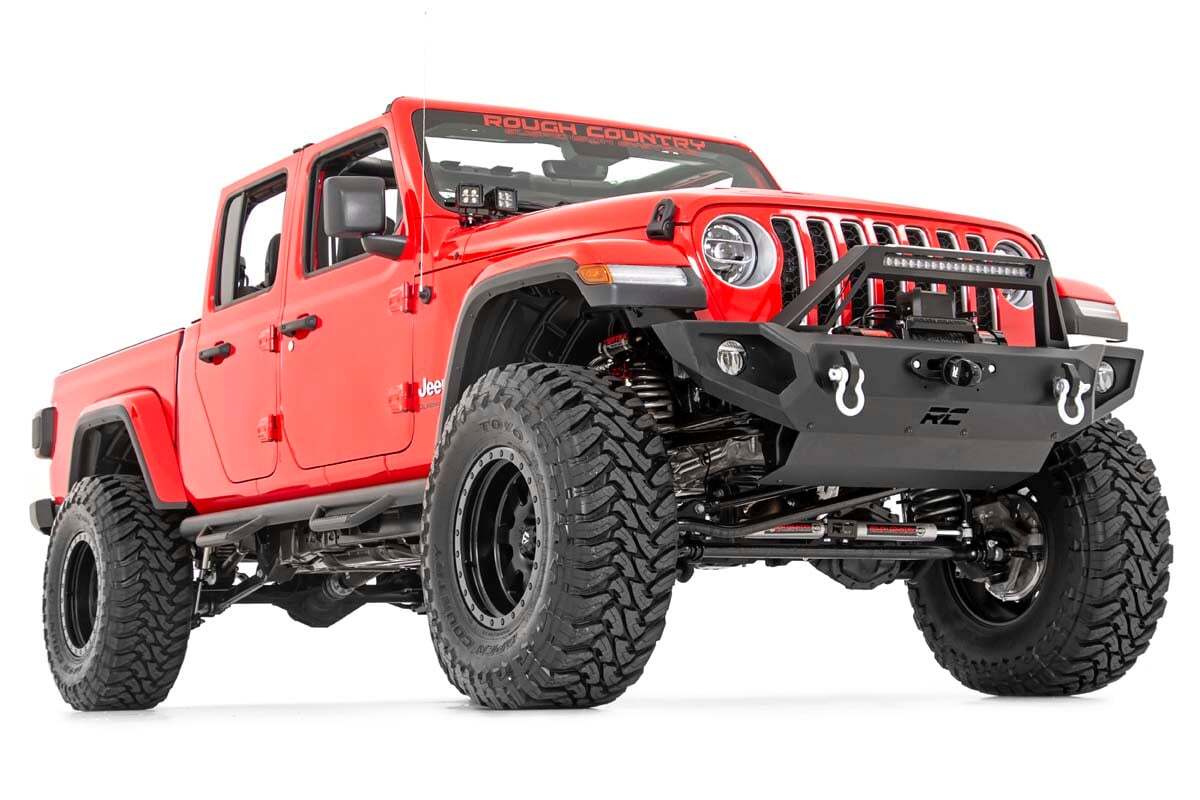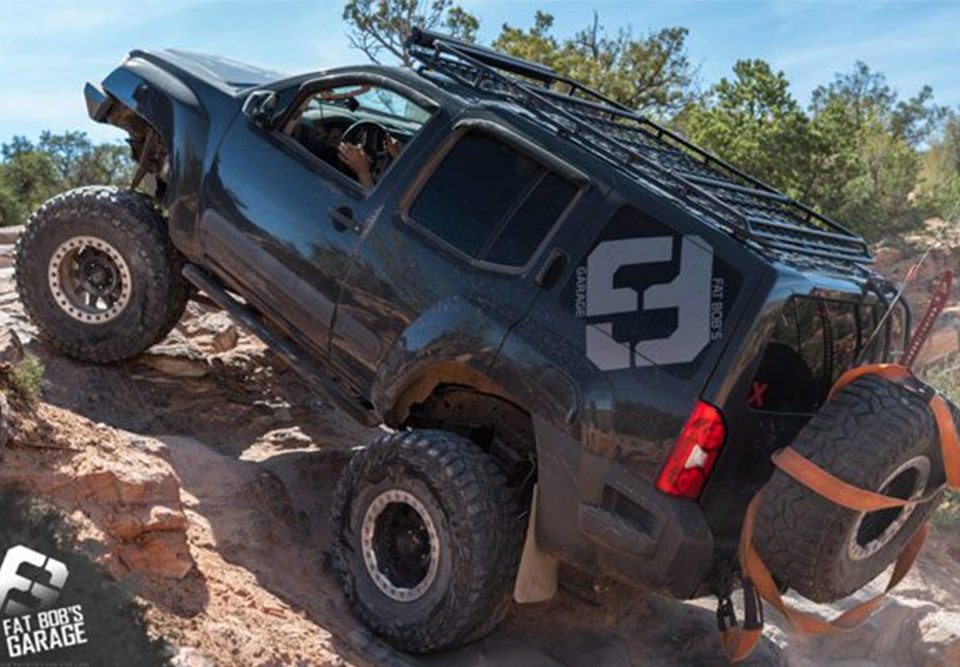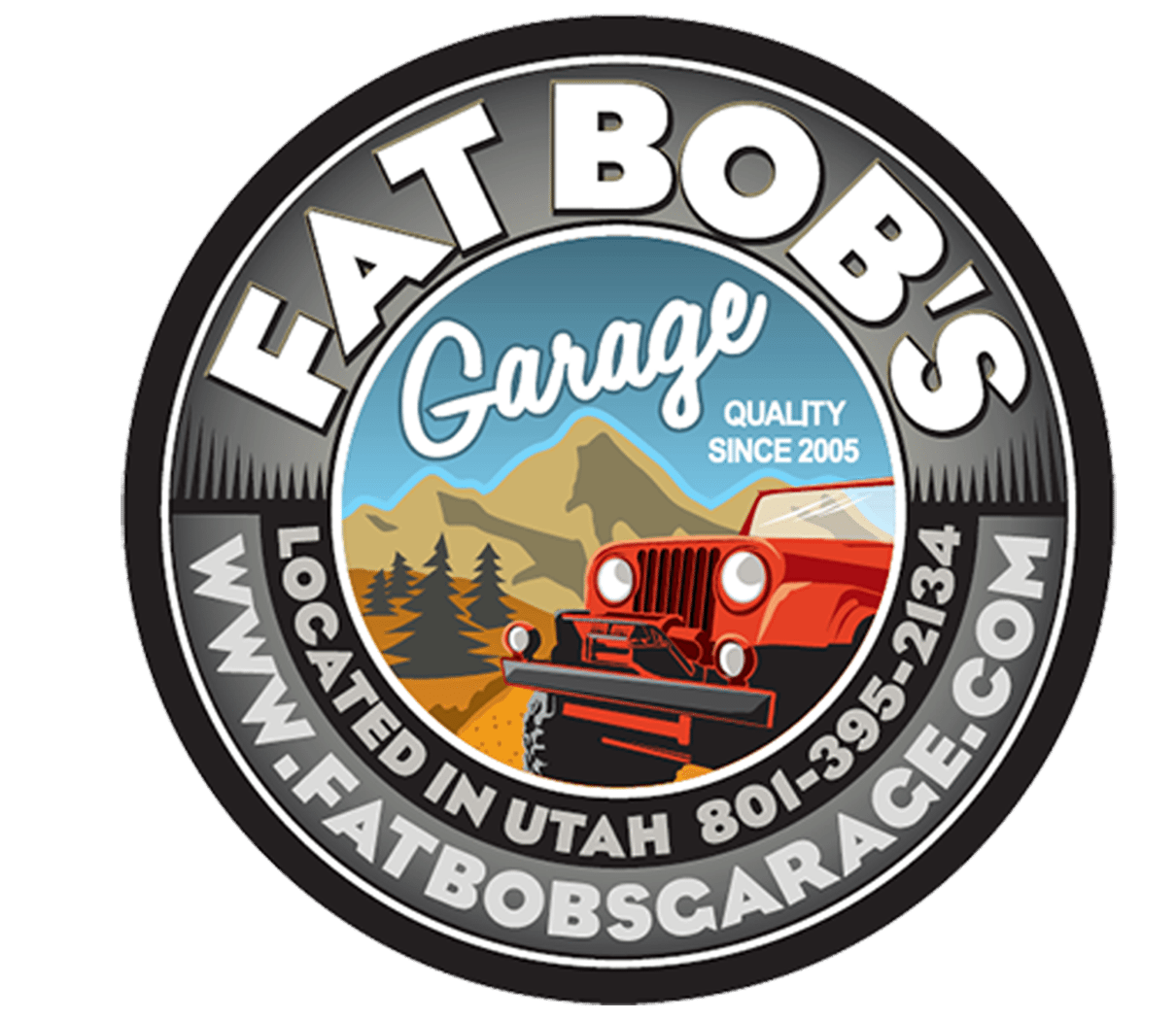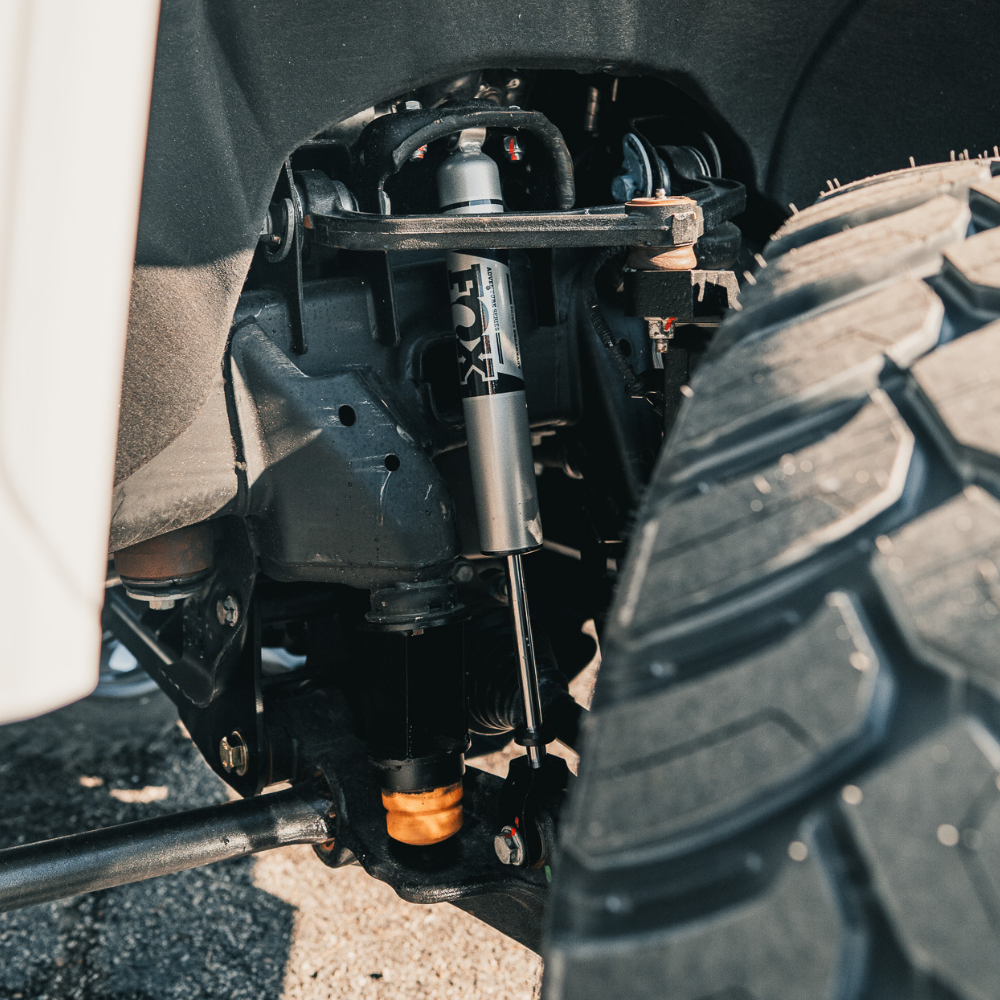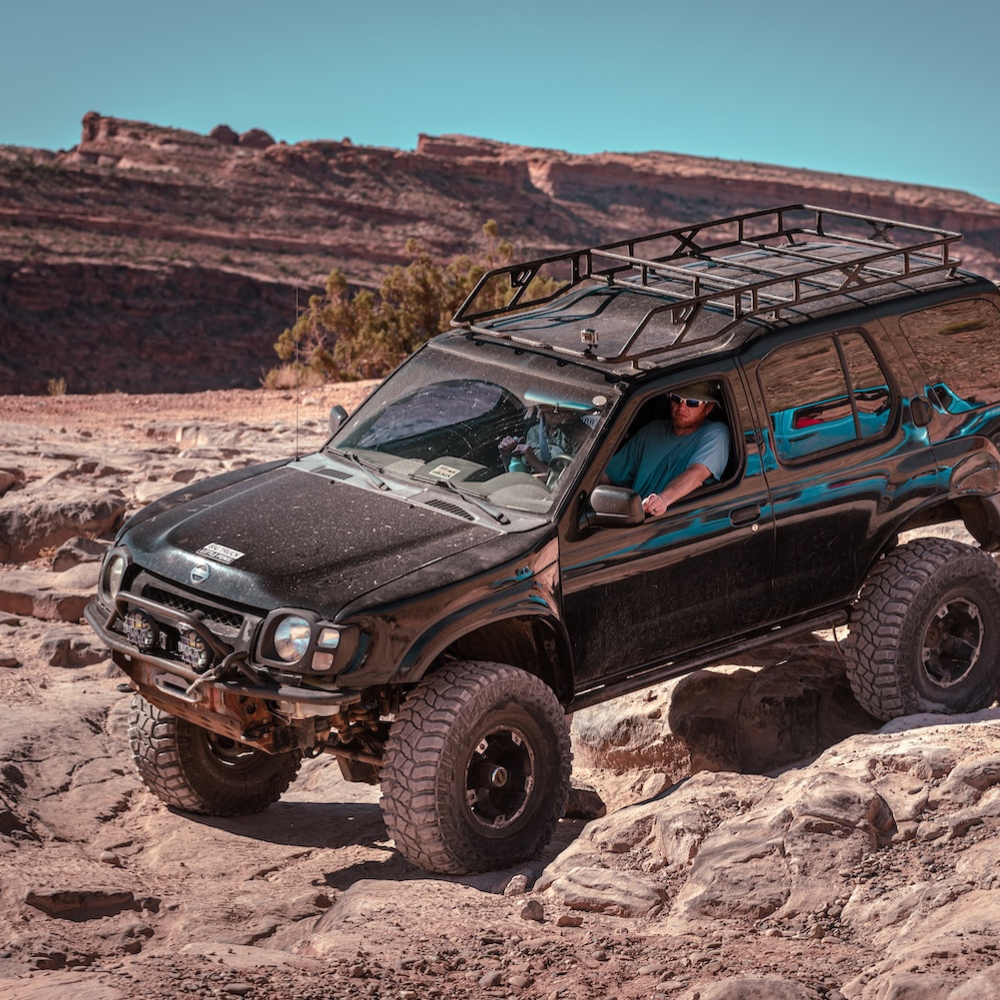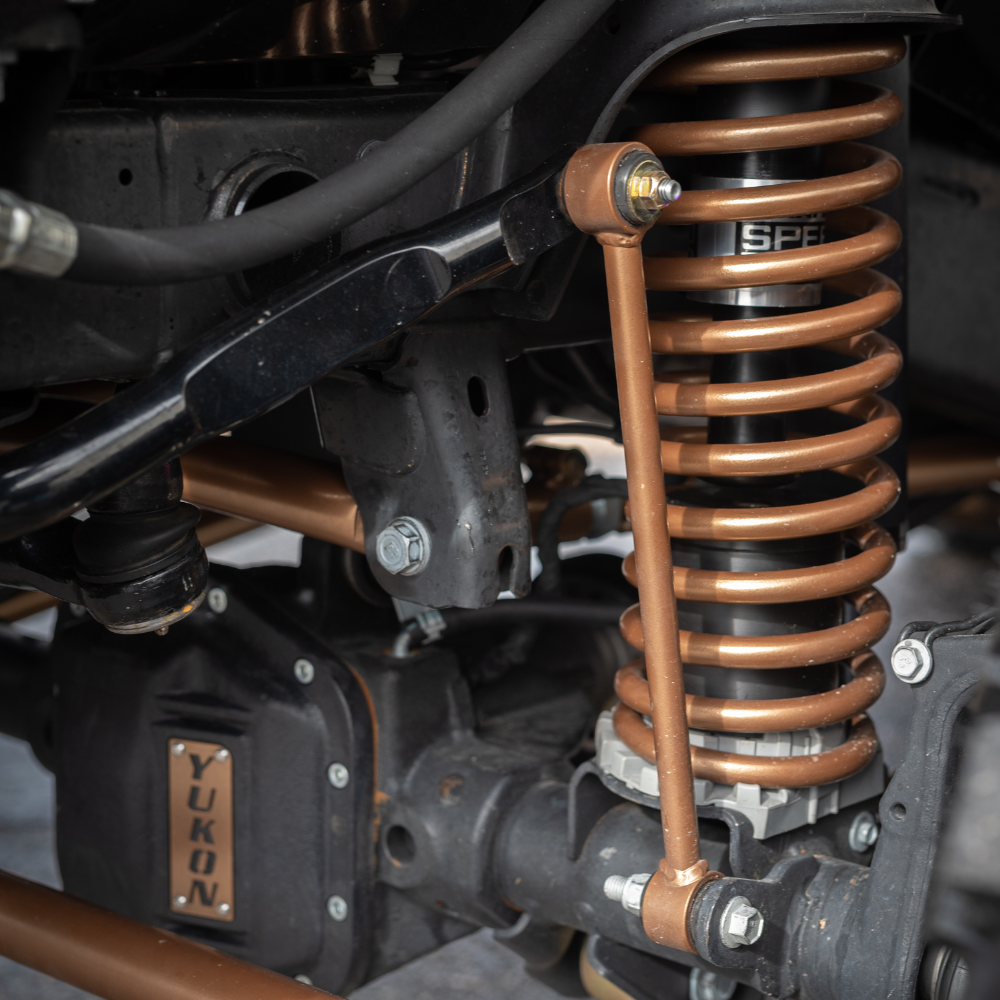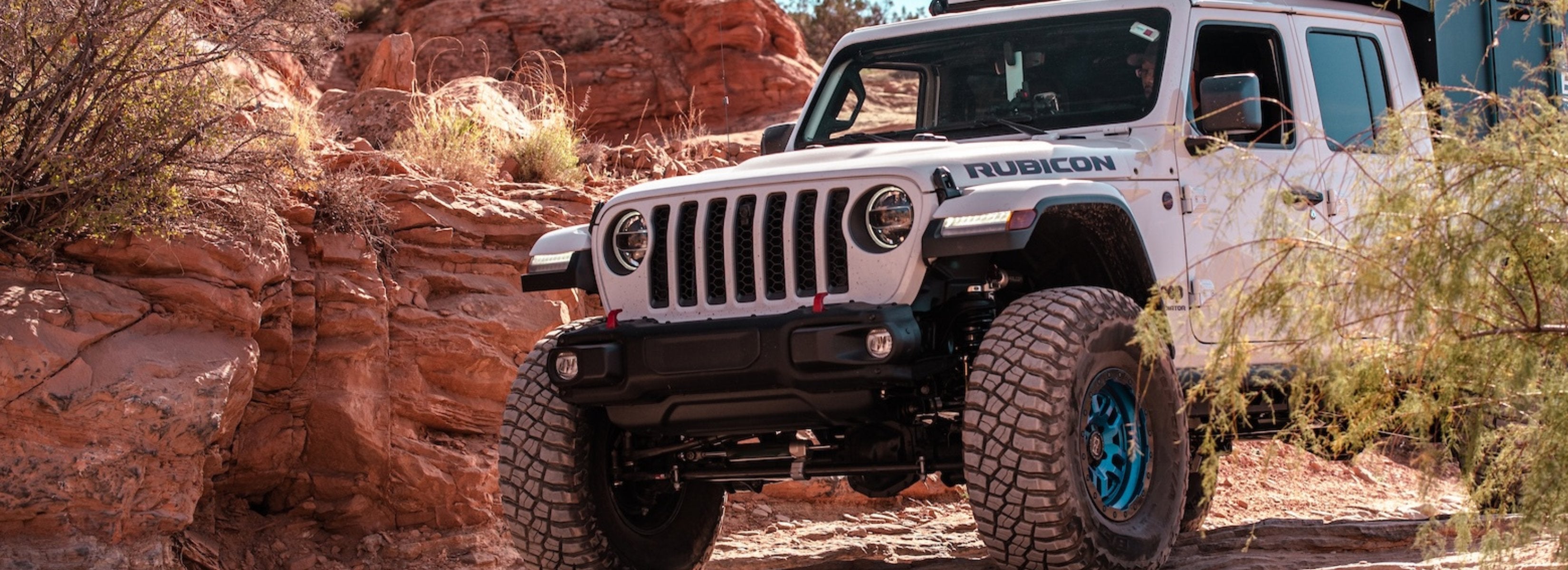Choosing the right shock absorbers for your off-road truck is one of the most important decisions you’ll make when it comes to optimizing performance, comfort, and control on rough terrain. Shock absorbers play a crucial role in handling how your vehicle reacts to bumps, dips, and uneven surfaces, ensuring you stay stable and safe during your off-road adventures. At Fat Bob’s Garage, we want to ensure you have the right knowledge to make the best decision for your off-roading needs. This comprehensive guide will help you understand the different types of shock absorbers, how to choose the best ones for your vehicle, and how to maintain them for long-lasting performance.
Types of Shock Absorbers for Off-Roading
When selecting shocks for your off-road vehicle, it’s important to consider the terrain you’ll be tackling, your vehicle’s weight, and the type of off-roading you enjoy. Below, we compare some of the most common shock absorber types used in off-road applications.
Twin-Tube vs. Mono-Tube Shocks
Two of the most common types of off-road shocks are twin-tube and mono-tube shocks, each offering distinct advantages based on your needs.
- Twin-Tube Shocks: These shocks feature two separate chambers—one for the hydraulic fluid and one for gas. They are typically more affordable and provide decent performance for mild to moderate off-roading conditions. However, they can be prone to overheating during intense off-road activities due to limited heat dissipation, which can reduce shock efficiency.
- Mono-Tube Shocks: These shocks feature a single tube that contains both the gas and the hydraulic fluid, separated by a piston. Mono-tube shocks offer superior heat dissipation, which makes them more reliable in extreme off-road conditions. They are more durable than twin-tube shocks and provide consistent damping, making them a preferred choice for more serious off-roaders.
Coilovers vs. Standard Shocks
When comparing coilovers to standard shocks, the differences in performance and adjustability are significant.
- Coilovers: These combine a shock absorber with a coil spring wrapped around it. Coilovers offer the advantage of adjustable damping and ride height, which allows off-roaders to fine-tune their suspension for different terrains and driving conditions. For example, you can increase the ride height when tackling rocky terrain for better ground clearance or lower it for improved stability on flat surfaces.
- Standard Shocks: These work independently of the vehicle’s springs and are a more traditional shock absorber setup. While standard shocks may not offer the adjustability of coilovers, they still provide solid performance for casual off-roading and are easier to maintain.
Shock Absorbers by Vehicle Type
Your choice of shock absorber will vary depending on the type of vehicle you own and how you plan to use it off-road. Here’s a look at what works best for different vehicles.
Truck-Specific Recommendations
- Toyota Tacoma: A popular choice for off-road enthusiasts, the Tacoma can benefit from both twin-tube and mono-tube shocks depending on your driving style. If you’re primarily doing light off-roading, twin-tube shocks may suffice, but for more aggressive trails, mono-tube shocks will provide better control and heat management.
- RAM 1500: This heavier truck demands a durable shock absorber, especially if you’re hauling gear or towing. Mono-tube shocks with large pistons are ideal for providing the control and damping needed for rugged terrain, while adjustable coilovers can offer additional customization for those who need variable ride height.
- Jeep Wrangler: Known for its off-road capabilities, the Wrangler is well-suited for a coilover shock conversion that allows for greater suspension travel and height adjustment. Pairing these with a long arm suspension conversion can provide a balanced combination of performance and durability for rock crawling and other challenging off-road environments.
Off-Road Springs Pairing
Matching your shocks with the right springs is crucial for optimal performance. Coil springs are typically used with standard shocks, while coilover springs are paired with coilover shocks. For heavier trucks or vehicles that carry additional weight, upgrading to progressive-rate springs can help maintain control and comfort by adjusting to different loads.
Compatibility with Lift Kits
If your vehicle has a lift kit installed, it’s essential to ensure that your shocks are compatible with the increased ride height. Many standard shocks may not have the travel required for lifted trucks, leading to poor performance or even damage to the suspension. Extended-length shocks or adjustable coilovers are ideal for vehicles with lift kits, allowing you to maintain performance and stability even with the added height.
Maintenance and Upgrades
To ensure your shocks continue to perform at their best, proper maintenance and timely upgrades are essential.
Maintaining Shock Performance
Inspecting your shocks regularly is the best way to prevent premature wear and ensure they last as long as possible. Check for leaks, dents, or cracked bushings, as these can affect shock performance. Keeping your shocks clean and free from debris will also help maintain their effectiveness, especially if you frequently drive in muddy or sandy conditions.
Upgrading Shocks for Extreme Off-Roading
If you find yourself pushing the limits of your off-road vehicle, it may be time to upgrade your shocks to a high-performance option. For extreme off-roading, look for remote reservoir shocks that provide additional fluid capacity for better cooling and dual-rate coilovers that offer greater flexibility for adjusting your suspension based on different terrains.
Installation Tips
If you’re planning to install shocks yourself, make sure you have the right tools and follow the manufacturer’s torque specifications. Essential tools include jack stands, a torque wrench, and spring compressors if you’re working with coilovers. Take your time during installation, especially if you’re dealing with a lift kit, as proper alignment and torque are crucial for performance and safety.
When it comes to choosing the best shock absorbers for your off-road vehicle, there are many factors to consider. From twin-tube and mono-tube shocks to coilovers and air shocks, the options are vast, and each type offers unique benefits depending on your vehicle and off-road needs. By understanding the differences in performance, maintaining your shocks properly, and choosing the right setup for your specific vehicle, you’ll be well-prepared for any off-road adventure. At Fat Bob’s Garage, we’re here to help you make the right choice, whether you’re just getting started or upgrading your rig for more extreme terrain. Happy off-roading!

